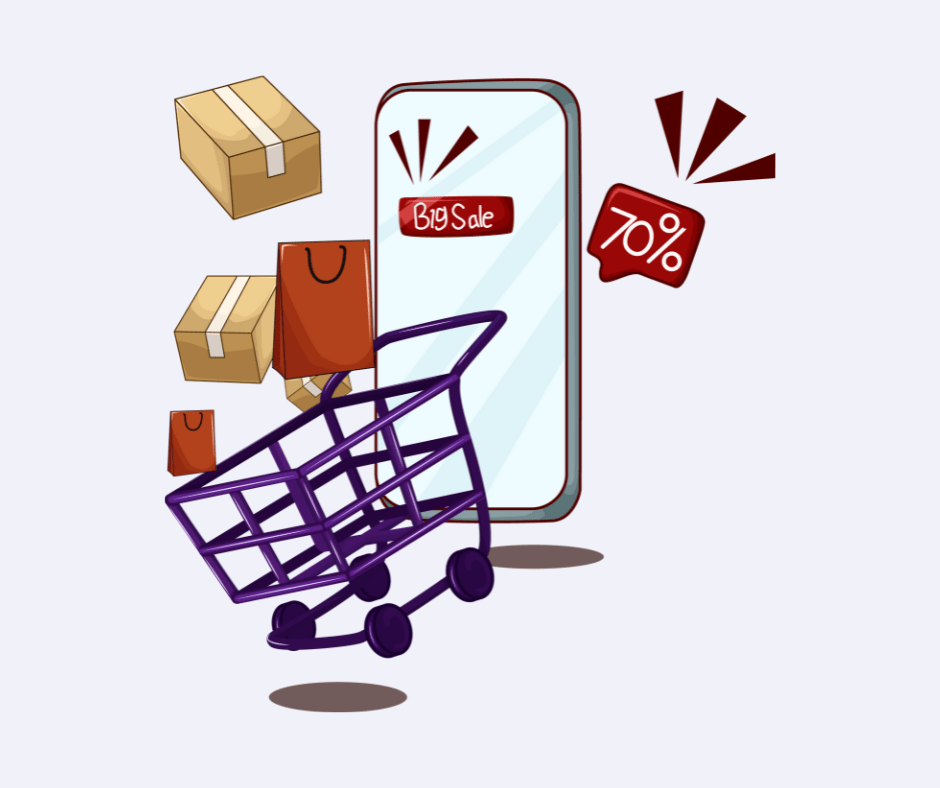The way your Shopify store looks and feels isn’t just about aesthetics—it’s a critical aspect of how well your online business converts visitors into customers. An optimized design is essential to creating a user experience that facilitates easy navigation, engages potential buyers, and guides them toward making a purchase. In this article, we’ll dive into actionable tips and best practices for designing a Shopify store that maximizes conversions. Whether you’re just starting out or want to refresh your store’s look, these insights will help you build a polished and profitable online store.
Understanding the Psychology of Your Customers
Before you even begin designing your storep, it’s important to understand the psychology of your target customers. People visiteCommerce sites with expectations influenced by other sites they’ve shopped on, and they seek familiarity, speed, and simplicity.
The Importance of First Impressions
Research shows that it takes less than a second for visitors to form an impression of your site. If your Shopify store looks untrustworthy or cluttered, potential customers might leave before exploring your products. Your store’s design should communicate credibility and value immediately.
Actionable Tip: Use high-quality images, a clean layout, and brand elements that resonate with your target audience to create a trustworthy first impression.
Choose the Right Shopify Theme
Shopify offers a wide variety of themes that cater to different types of businesses. Selecting the right theme for your store can be one of the most important decisions you make. A theme can determine your site’s layout, functionality, and speed.
Factors to Consider When Choosing a Theme
Simplicity and Ease of Navigation: A theme should have a logical structure that allows users to find what they’re looking for without confusion.
Mobile Responsiveness: Over 50% of web traffic comes from mobile devices, so your theme must look great on all screen sizes.
Customization Options: Look for themes that are easy to customize to align with your brand identity without extensive coding.
Actionable Tip: Take advantage of Shopify’s theme trial period to test different themes and see how they perform in real-life scenarios.
Optimizing for Mobile Users
In today’s mobile-first world, having a mobile-optimized Shopify store isn’t optional; it’s a must. If your store doesn’t perform well on mobile, you could be missing out on a significant portion of potential sales.
Design Strategies for Mobile Optimization
Simplified Navigation: Use a clean, collapsible menu and avoid overcrowding the screen with too many elements.
Thumb-Friendly Buttons: Make sure buttons are large enough and spaced out to be easily clicked with a thumb.
Fast Load Times: Compress images and minimize code to ensure your site loads quickly. Slow-loading sites often lead to high bounce rates on mobile.
Actionable Tip: Use tools like Google’s Mobile-Friendly Test to check how your store performs on mobile devices.
strongDesign a User-Friendly Navigation Menu
A well-structured navigation menu can make a huge difference in how easily visitors can find your products. The goal is to make it as simple as possible for users to browse your store.
est Practices for Navigation
Use Descriptive Labels: Instead of generic labels like “Products,” be more specific, such as “Men’s Shoes” or “Home Decor.”
Keep it Minimal: Limit the number of menu items to avoid overwhelming your visitors. Stick to your most important categories.
Add a Search Bar: Make sure your search functionality is prominent and efficient, helping users who know exactly what they’re looking for.
Actionable Tip: Conduct a usability test with real users to see if they can easily find products in your navigation.
Craft an Appealing Homepage
Your homepage is often the first thing visitors see, and it should make a strong impression. It should convey what your brand is about and entice visitors to explore your offerings.
Key Elements of a High-Converting Homepage
Hero Banner: Feature a striking hero image that showcases your best-selling or new arrivals along with a clear call-to-action (CTA).
Value Proposition: Make sure your value proposition is visible immediately, explaining what sets your brand apart from the competition.
Social Proof: Display customer reviews, trust badges, and logos of publications or companies that have featured your products.
Actionable Tip: A/B test different hero images and CTAs to see which combination drives the most engagement.
Focus on Product Page Design
Your product pages play a crucial role in converting visitors into buyers. The design of these pages should inspire confidence and provide all the information a shopper needs to make a purchase decision.</>
Must-Have Elements on Product Pages
High-Quality Images: Use multiple images that showcase your product from different angles. Allow for zoom-in features to give users a closer look
Detailed Product Descriptions: Use compelling, benefits-driven copy to describe your products. Break up text with bullet points to make it easy to scan.
Clear Pricing and Availability: Display the price prominently and show if the product is in stock or on backorder.
Reviews and Ratings: Feature customer reviews and ratings to build trust and provide social proof.
Actionable Tip: Use video content on product pages to give users a more comprehensive view of what they’re buying.
Incorporate Trust Elements
Trust is a major factor in eCommerce, especially if your brand is relatively unknown. Incorporate elements that reassure customers that your store is credible and that their purchase is secure.</>
Ways to Build Trust with Your Store Design
SSL Certificate: Make sure your store uses HTTPS, and display a secure payment badge during the checkout process.
Return Policy and Guarantees: Clearly state your return policy and any product guarantees.
Contact Information: Make it easy for customers to reach you with questions or concerns. Include a contact form, phone number, or live chat option.
Actionable Tip: Display a satisfaction guarantee badge or a “100% Money-Back Guarantee” graphic to reassure hesitant buyers.
Simplify the Checkout Process
A complicated checkout process is one of the top reasons for cart abandonment. Streamlining your checkout can have a significant impact on your conversion rate.
Offer Guest Checkout: Not all users want to create an account before purchasing, so provide a guest checkout option.
Minimize Form Fields: Only ask for essential information. Each additional field increases the likelihood that a user will abandon their cart.
Progress Indicators: Use a progress bar to show users how many steps are left in the checkout process.
Actionable Tip: Test your checkout flow regularly to identify any friction points and simplify where possible.
sychological triggers like scarcity and urgency can drive conversions by encouraging customers to take immediate action.
How to Use Scarcity and Urgency Effectively
Low Stock Notifications: Display messages like “Only 2 left in stock!” to create a sense of scarcity.
Countdown Timers: Use countdown timers for limited-time sales or promotions to generate urgency.



